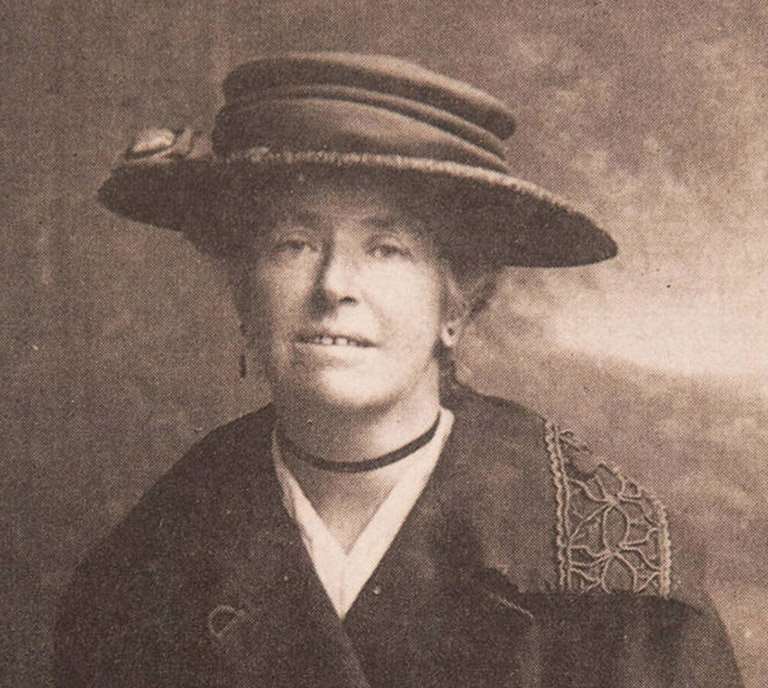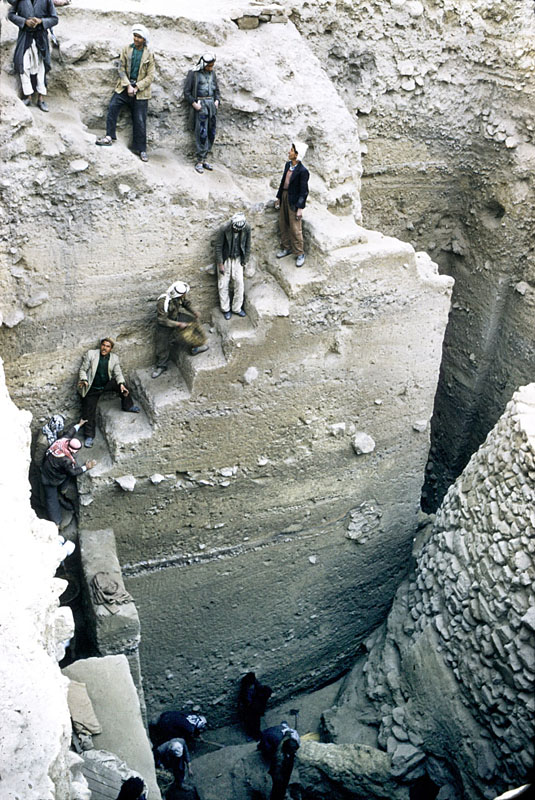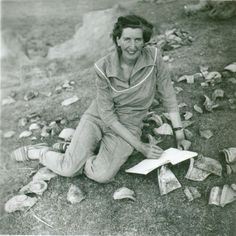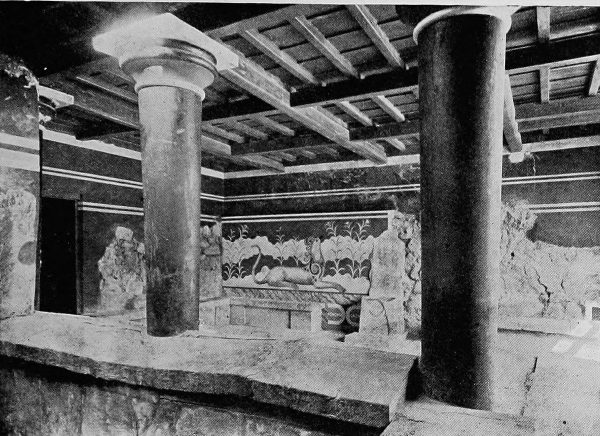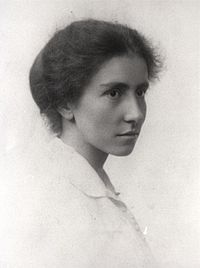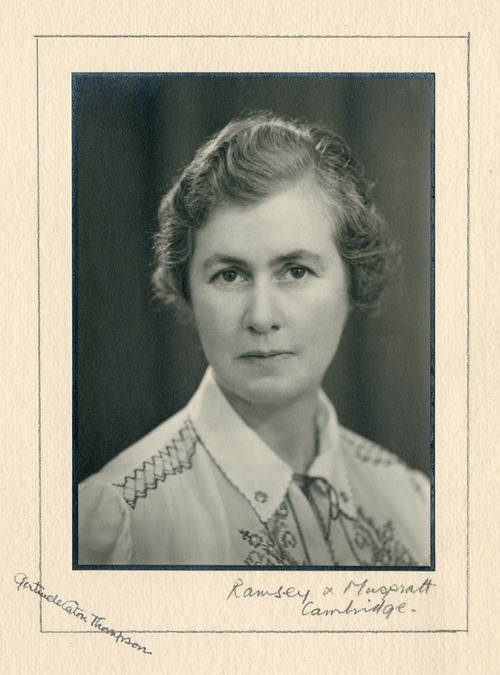Modern archaeology began in the early 20th century, and since then, women have contributed to important archaeological discoveries around the world. But make no mistake, in the early days women found it extremely difficult to be taken as seriously as their male counterparts, but they did prevail!
Women in archaeology have come a long way and today, 47.1% of all archaeologists are women. This Women’s History Month, we honor five notable women who made a name for themselves in archaeology.
1. Maud Cunnington | 1869-1951
Maud Cunnington was an amateur British archaeologist who worked alongside her husband at sites such as the Neolithic burial mound called Woodhenge. “Amateur” only in name, Cunnington came from a family of historians and worked as a self-funded archaeologist before the field of archaeology was professionalized.
Her excavation work at an Iron Age site called All Cannings Cross resulted in the discovery of vast quantities of pottery, animal bone, weaving equipment and iron tools.
Cunnington epitomized the concept of community archaeology with her commitment to bringing archaeology to a wider audience by opening excavations up to visitors. In 1948, Cunnington was the first woman archaeologist to ever be awarded with a CBE, the highest-ranking order of the British Empire for her services to British archaeology.
2. Kathleen Kenyon | 1906-1978
British archaeologist Kathleen Kenyon was one of the most influential archaeologists of the 20th century. She is best known for excavating Jericho, the oldest known continuously occupied human settlement in the world. It is due to her efforts, we know that Jericho was the first walled city with houses and separate courtyards. Her finds included ground-breaking discoveries of the Neolthic culture of the Levant, and pottery shards, burned grains in jars, broken walls and towers and walls dating from the Early Bronze Age.
Kenyon's meticulous work using the novel technique of stratigraphic analysis provided an understanding of how materials accumulate on sites and her influence was far-reaching. It was due to Kenyon’s strict separation of earth layers with archaeological sediments that influenced advances with ceramic methodology and typology. Kenyon was awarded the honor of Dame of the British Empire and served as Acting Director and Secretary of the Institute of Archaeology of the University of London.
3. Harriet Boyd Hawes 1871–1945
An American woman with a passion for Greece, Hawes studied at the American School of Classical Studies in Athens, during which time she served as a volunteer nurse during the the Greco-Turkish War. At the time, she developed an interest in archaeology but was unsupported in her desire to pursue fieldwork, so, she struck out on her own.
Hawes became the very first woman to direct a major field project in Greece, overseeing over 100 workers. During her excavations on the island of Crete, she discovered settlements and cemeteries dating from the Late Minoan, Early Iron Age and Early Archaic ages. Her most important discovery included the entire Minoan town and palace of Gournia.
Hawes excavated many Bronze and Iron Age set settlements in the region and became a recognized authority on the area. She was also the very first female archeologist to speak at the Archaeological Institute of America.
4. Dorothy Garrod | 1893-1968
No discussion of female archaeologists is complete without the mention of Dorothy Garrod. Garrod was the first archaeologist ever to identify the Middle Stone age, or Mesolithic era that encompassed about 99% of the history of mankind. She excavated at Mount Carmel in Palestine, unearthing and documenting archaeological evidence reaching back 500,000 years.
Garrod's list of accomplishments includes a commitment to the scientific method during excavating which is still used in archaeological fieldwork today. She was the first person to use aerial photographs for archaeological work, and to the delight of dog-lovers worldwide, she was instrumental in finding the first evidence for the domestication of the dog.
During her career, Garrod excavated 23 sites in seven countries, and worked with and mentored other women who became well-known archaeologists in their own right, including Gertrude Caton-Thompson and Kathleen Kenyon. The website Trowelblazers compiled this entertaining social network model of Six Degrees of Dorothy Garrod to show her widespread influence.
5. Gertrude Caton Thompson | 1889-1985
Gertrude Caton Thompson was well-known for archaeological work conducted in Egypt where she found two prehistoric cultures in the Fayum region, dating from between 5000 BC to 4500 BC. She also found the earliest farming civilization in Egypt, dated to about 4000 BC.
Caton Thompson is notable for creating a technique for excavating archaeological sites in Neolithic, Paleolithic and Predynastic civilizations in Zimbabwe and Yemen. And, not only was her 1929 Zimbabwe dig excavated entirely by women, but her insistence on meticulous soil scrutiny and noting objects' positions relative to each other, revolutionized how archaeological sites were surveyed and studied.
Caton Thompson was the first female President of the Prehistoric Society, served as vice president of the Royal Anthropological Institute and was a founding member of the British School of History and Archaeology in East Africa.
All images subject to copyright.



